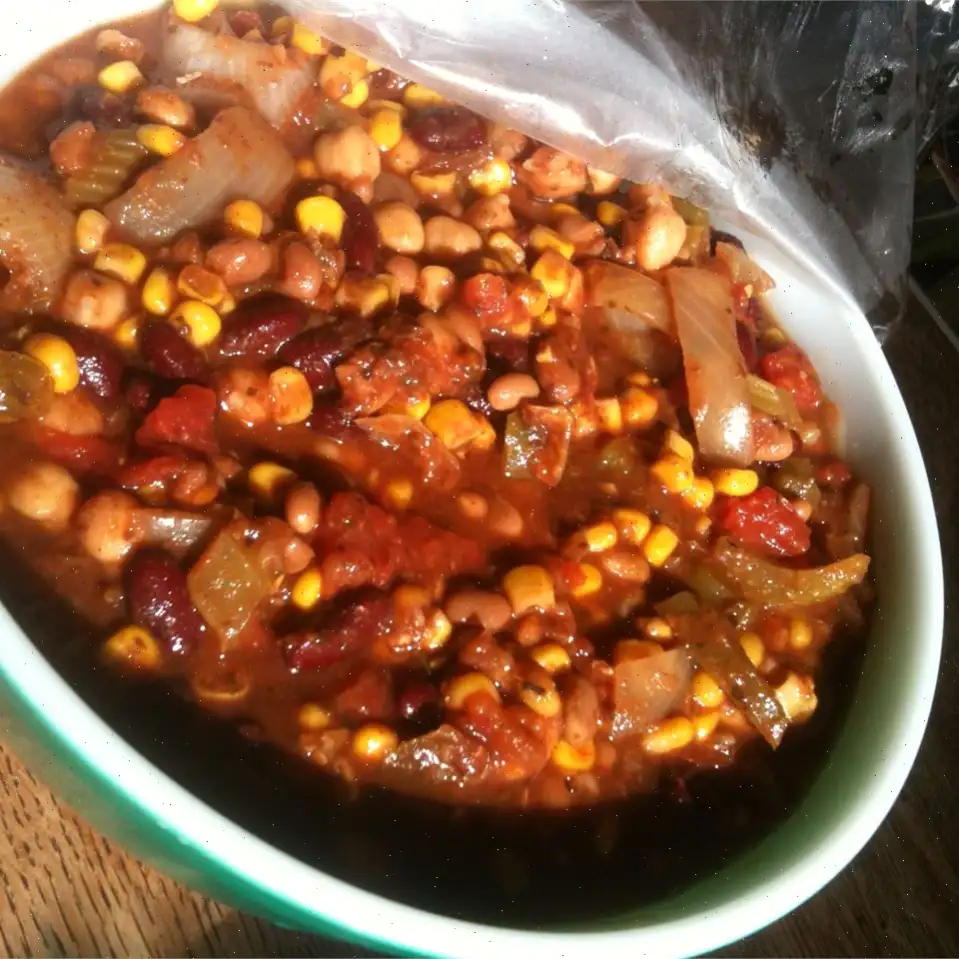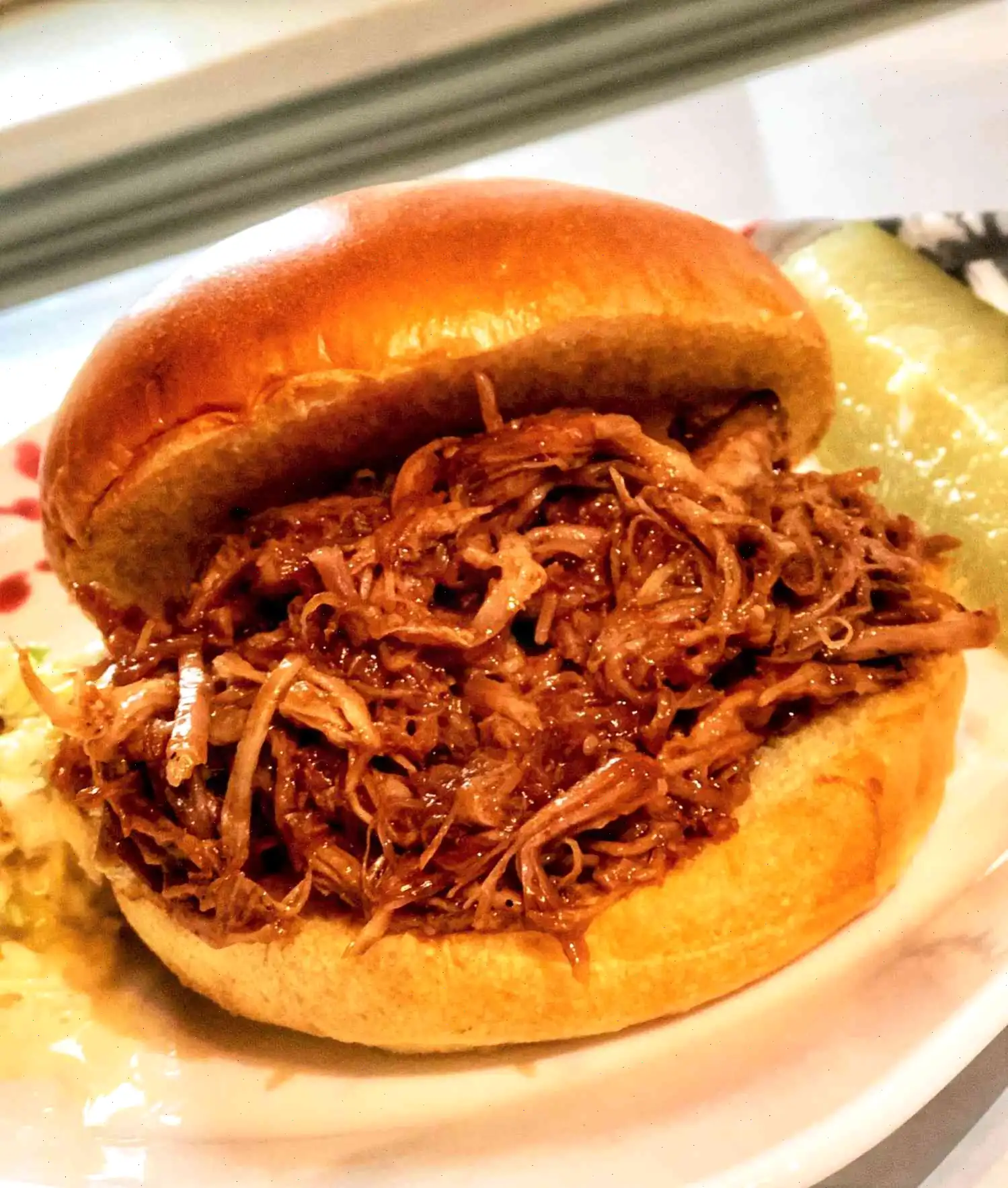
Saucy Sesame Gochujang Meatballs Recipe
This recipe combines the rich flavors of beef and pork meatballs with a sweet and spicy sauce, perfect for a quick dinner or party appetizer. Heres how to make it:
Ingredients
- 1 pound frozen fully cooked beef and pork meatballs (such as Casa de Bertacchi Homestyle Meatballs)
- 1/2 cup reduced-sodium soy sauce
- 2 tablespoons brown sugar
- 2 tablespoons rice vinegar
- 1 teaspoon ketchup
- 2 teaspoons gochujang
- 1 teaspoon honey, or to taste
- 1/4 teaspoon ground ginger
- 1 teaspoon minced garlic
- 1 teaspoon sesame oil
- 1/4 cup water
- 1 tablespoon cornstarch
- 1 tablespoon toasted sesame seeds
- Sliced green onions (optional, for garnish)
Directions
- Preheat the oven to 350F (180C). Arrange the meatballs in a single layer on a baking sheet.
- Bake in the preheated oven until heated through, about 25 minutes, or follow the package directions for cooking the meatballs.
- Meanwhile, prepare the sauce by combining the soy sauce, brown sugar, rice vinegar, ketchup, gochujang, honey, ginger, garlic, sesame oil, water, and cornstarch in a small saucepan. Stir to mix thoroughly.
- Set the saucepan aside while the meatballs cook. Near the end of the meatball cooking time, place the saucepan over medium-high heat. Stir the sauce occasionally until it thickens slightly, about 3 minutes.
- Add the cooked meatballs to the sauce and toss them gently to coat.
- Sprinkle with toasted sesame seeds and garnish with sliced green onions, if desired.
Nutrition Facts (per serving)
| Amount Per Serving | Calories | Daily Value |
|---|---|---|
| Calories | 406 | - |
| Total Fat | 27g | 35% |
| Saturated Fat | 9g | 45% |
| Cholesterol | 75mg | 25% |
| Sodium | 2066mg | 90% |
| Total Carbohydrate | 22g | 8% |
| Dietary Fiber | 3g | 11% |
| Total Sugars | 11g | - |
| Protein | 20g | 39% |
| Vitamin C | 1mg | 1% |
| Calcium | 128mg | 10% |
| Iron | 3mg | 16% |
| Potassium | 475mg | 10% |
* Percent Daily Values are based on a 2,000 calorie diet. Your daily values may be higher or lower depending on your calorie needs.
The Story Behind Saucy Sesame Gochujang Meatballs
The origins of saucy sesame gochujang meatballs are rooted in Korean cuisine, where bold flavors and balanced textures are celebrated. Gochujang, a fermented chili paste, has been a staple in Korean kitchens for centuries, providing a unique combination of heat, sweetness, and umami. The idea of combining meatballs with a gochujang-based sauce likely emerged as Korean food adapted to modern, fast-paced lifestyles, incorporating convenient pre-cooked or frozen meatballs while retaining traditional flavors. This fusion dish reflects the broader trend of East-meets-West culinary innovations.
Regional Variations and Distinctive Twists
While the core ingredientsgochujang, sesame, soy, and garlicremain consistent, regional differences in Korea influence the dish's flavor profile. In the southern regions, cooks often add extra sweetness using honey or brown sugar to balance the heat, while northern areas may favor a spicier, more pungent sauce. Outside Korea, variations often include substituting traditional meat with beef and pork blends or using different types of sesame oil for a nuttier aroma. Some chefs even incorporate vegetables like scallions or bell peppers to enhance texture and visual appeal.
How It Differs from Similar Dishes
Unlike typical Italian or Swedish meatballs, which rely heavily on tomato-based or creamy sauces, saucy sesame gochujang meatballs stand out for their spicy-sweet, umami-forward glaze. The inclusion of gochujang provides a deep, fermented flavor not found in Western meatball recipes. Additionally, the quick-cooking sauce allows the meatballs to absorb the seasoning without losing their firm texture, creating a balance of taste and mouthfeel that is uniquely Korean-inspired.
Where Youll Usually Find Them Served
Saucy sesame gochujang meatballs are versatile enough to appear both in casual and formal settings. In Korea, they are commonly served at home as part of a rice-centered meal, often accompanied by side dishes such as kimchi or steamed vegetables. Internationally, they have gained popularity in fusion restaurants and as appetizers in Asian-inspired bistros. They are also a favorite at parties or potlucks, where their bold flavor and bite-sized form make them an irresistible crowd-pleaser.
Interesting Facts About This Dish
- The combination of gochujang and sesame seeds not only adds flavor but also provides a subtle nutritional boost, including antioxidants and essential minerals.
- The dish has become a popular option for busy weeknights because frozen meatballs can be quickly transformed into a restaurant-quality meal.
- Gochujang paste, the key ingredient, undergoes fermentation for several months, which develops its signature complex flavor.
- Many modern variations incorporate honey or brown sugar to appeal to a broader audience, balancing the natural spiciness of the chili paste.
- This recipe is often enjoyed over jasmine or short-grain rice, but it also pairs well with noodles or as a filling for lettuce wraps.
FAQ about Saucy Sesame Gochujang Meatballs Recipe
Comments
Patrick Green
07/05/2024 04:16:28 AM
Perfect for little ones and a fussy husband. I served it with white rice and prepared extra sauce to save for a quick meal later. It was a hit with everyone and made a delicious lunch the next day. I decided to add some extra honey for a sweeter flavor. Overall, it was extremely easy and I will definitely include it in our dinner menu rotation!








